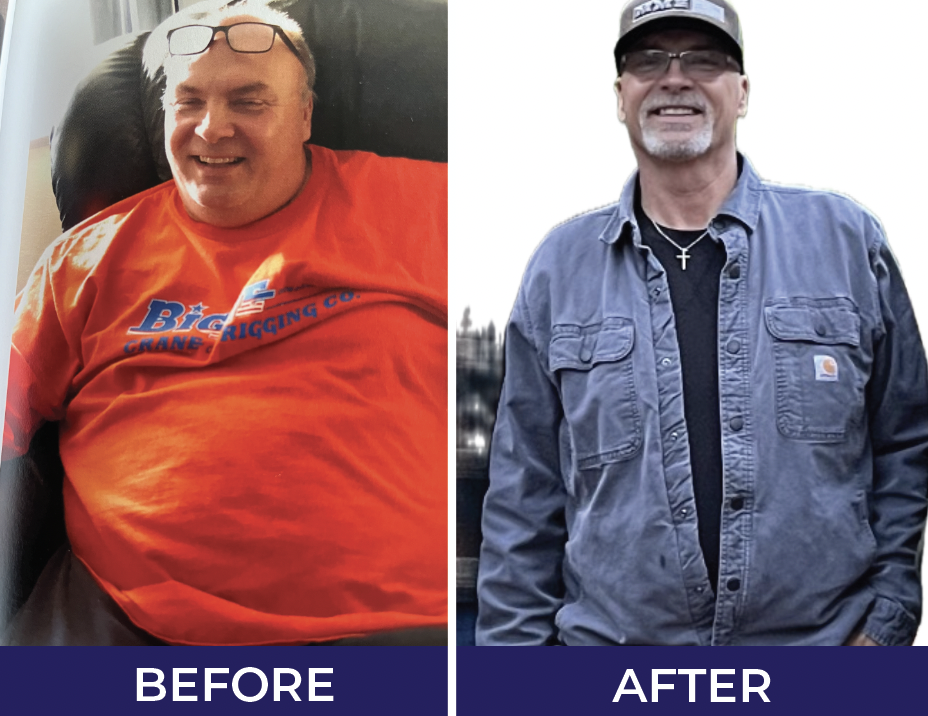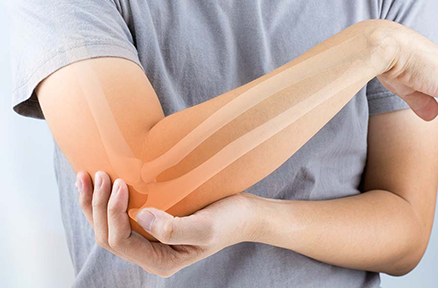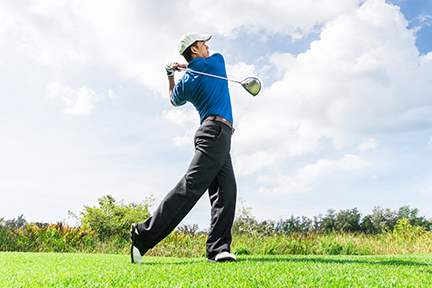An orthopedic surgeon who has fallen off his bike on a number of occasions shares his advice about how you can stay on yours
In my previous cycling blog, Get Bike Fit & Prevent Injuries, I covered how to avoid overuse injuries from bicycling by being bike fit and having a bike that fits you. Once you’re in that position, you’re ready to hit the road—not in an accident sense, but in a smart riding sense.
Bicycling has become extremely popular and for good reason, both orthopedically and for general good health. However, it has its dangers. There were more than 1.3 million cycling injuries reported in the United States in 2014. Bicyclists have a higher risk of a crash-related injury and death than do people in cars. Emergency rooms in 2013 treated 494,000 bike-related injuries.
Smart bicycling can dramatically reduce your chances of an injury. Here are some considerations regarding bike gear that if followed, will enable you to continue riding safely for years.
Be in the right gear
- A helmet that sits snugly and level on your head helps to avoid any head or brain injuries that might occur in the event of a crash. Wearing a helmet reduces chance of a head injury by about 85 percent.
- Shoes that have stiff, supportive soles and distribute pressure evenly over the pedal help to avoid knee and foot injuries.
- Cushioned gloves, which absorb shock from the road, help protect your hands from compression nerve injuries, in addition to saving your skin from cuts and bruises, should you go down.
- Bicycle shorts serve a very functional role by preventing the chafing (pain caused by skin rubbing against skin) that can occur trying to ride any significant mileage with conventional street attire.
- If riding on the road, wear brightly colored clothing and use a pulsating tail light so drivers can see you better.
- Some cyclists choose to ride with a rearview mirror attached to the bike or helmet because knowing what’s coming up behind can help to avoid trouble. While there is a law instructing motorists to give cyclists three feet of space, my experience is that many drivers are unaware of this or choose to ignore it.
- Don’t forget to stay hydrated and fueled. “Bonking” many miles from home can make for a very long ride and can also be dangerous, as you lose focus.
- Always carry water and a snack, such as a nutrition bar.
Don’t forget the obvious
You would be surprised how many smart, seasoned bicyclists get into trouble by forgetting the basics of bicycle safety. It only takes a second to go from a fun ride to the emergency room.
Pay attention to signs and road conditions. Follow the rules of the road and familiarize yourself with the bicycle rules in your city or state.
Some important safety rules include:
- Ride in the direction of traffic
- Stop at stop signs and stoplights. Running them not only puts you at risk but angers drivers and can lead to confrontations. It may also lead to a traffic citation!
- When riding in a group, ride single file. Large group rides, while fun due to the benefit of drafting, can also be dangerous. There is usually a wide variation in range of rider abilities and there is no getting out of trouble when you’re in a pack.
- When riding at night, make every effort to maximize your visibility. Lights are a given, but you can also wear very effective reflective clothing. Lighted roadways also heighten your chances of being seen.
- Avoid distracted riding and don’t plug both ears with headphones; it’s not only illegal, but you’ll need to hear what’s coming up behind you. In California, it is legal to ride with one earbud in place.
Four Ways to Prevent Bike Injuries
According to the American Academy of Orthopaedic Surgeons, more than 80 million Americans enjoy riding bicycles as a way to stay active and get around town. Here’s how to stay safe.
- Get the right sit:
Getting professionally fit for a bike not only ensures a more comfortable ride but also minimizes risks of injuries. - Watch your form:
Ride with your elbows bent to absorb shock from the road and change the hand positions during your ride to relieve pressure on the hand and wrist. - Protect yourself:
Invest in protective hear such as supportive shoes, a fitted helmet, padded cycling gloves and shorts, and elbow and knee pads. - Know the rules:
Pay attention to road signs and conditions. Make sure that you have familiarized yourself with the bicycle riles in your city or state.
Cycling is a great sport, but not without hazard. By being aware of common cycling injuries and their prevention, you can enjoy this wonderful activity for a lifetime. Happy riding!
Learn about our Nurse Practitioner that earned the 2018 Bike Commuter Award



